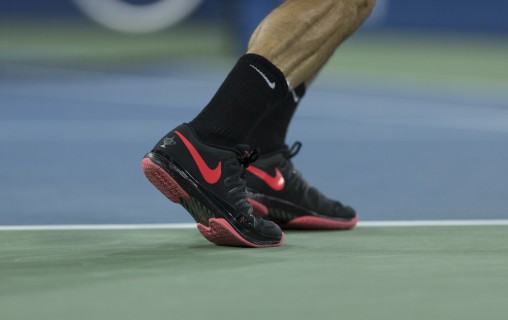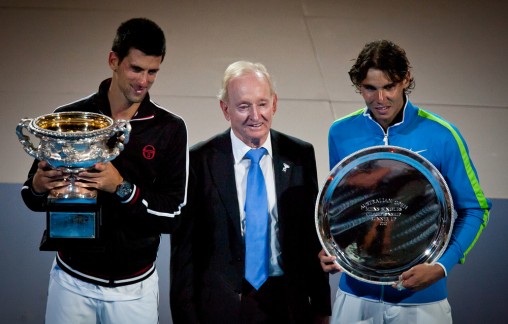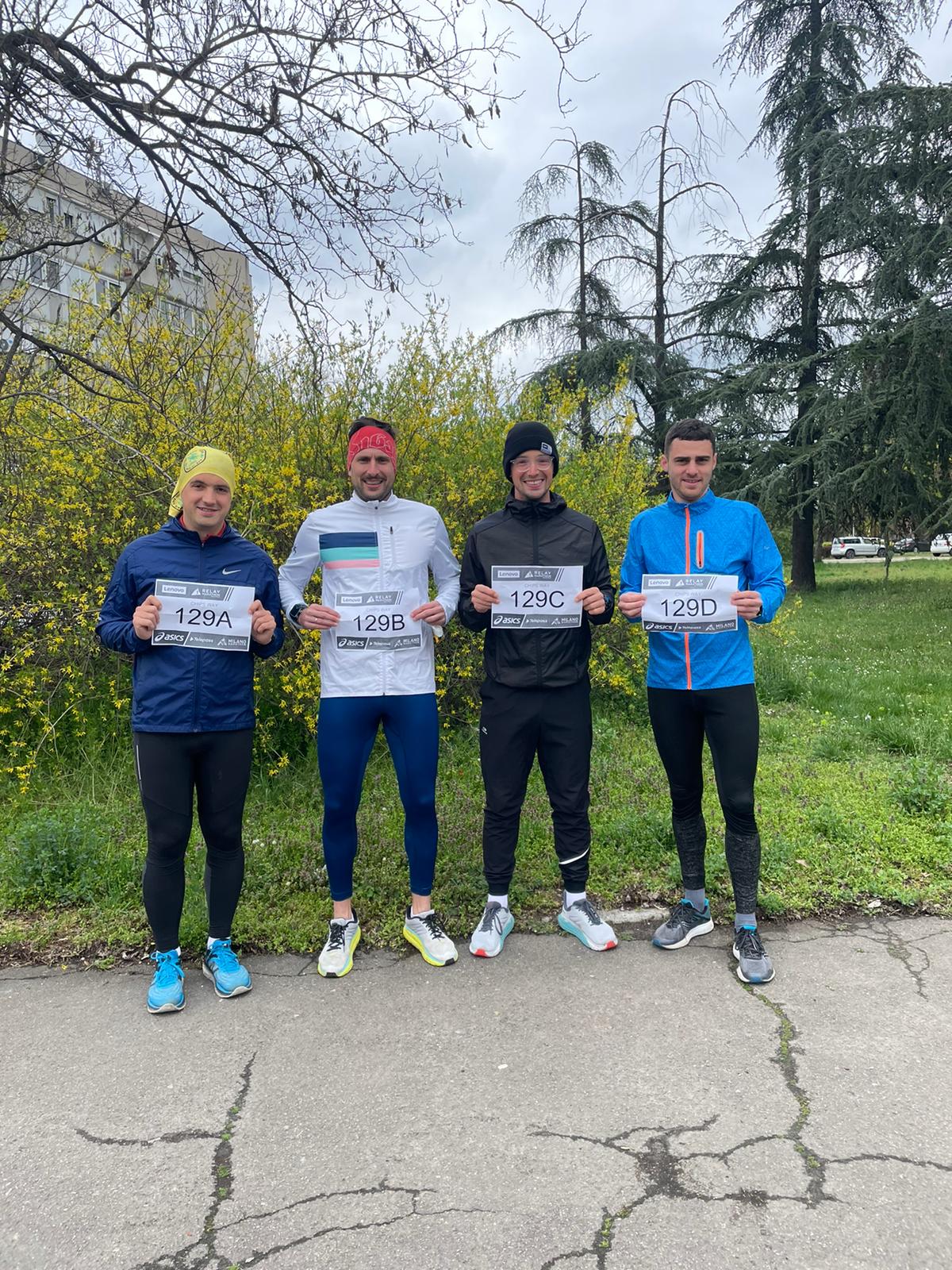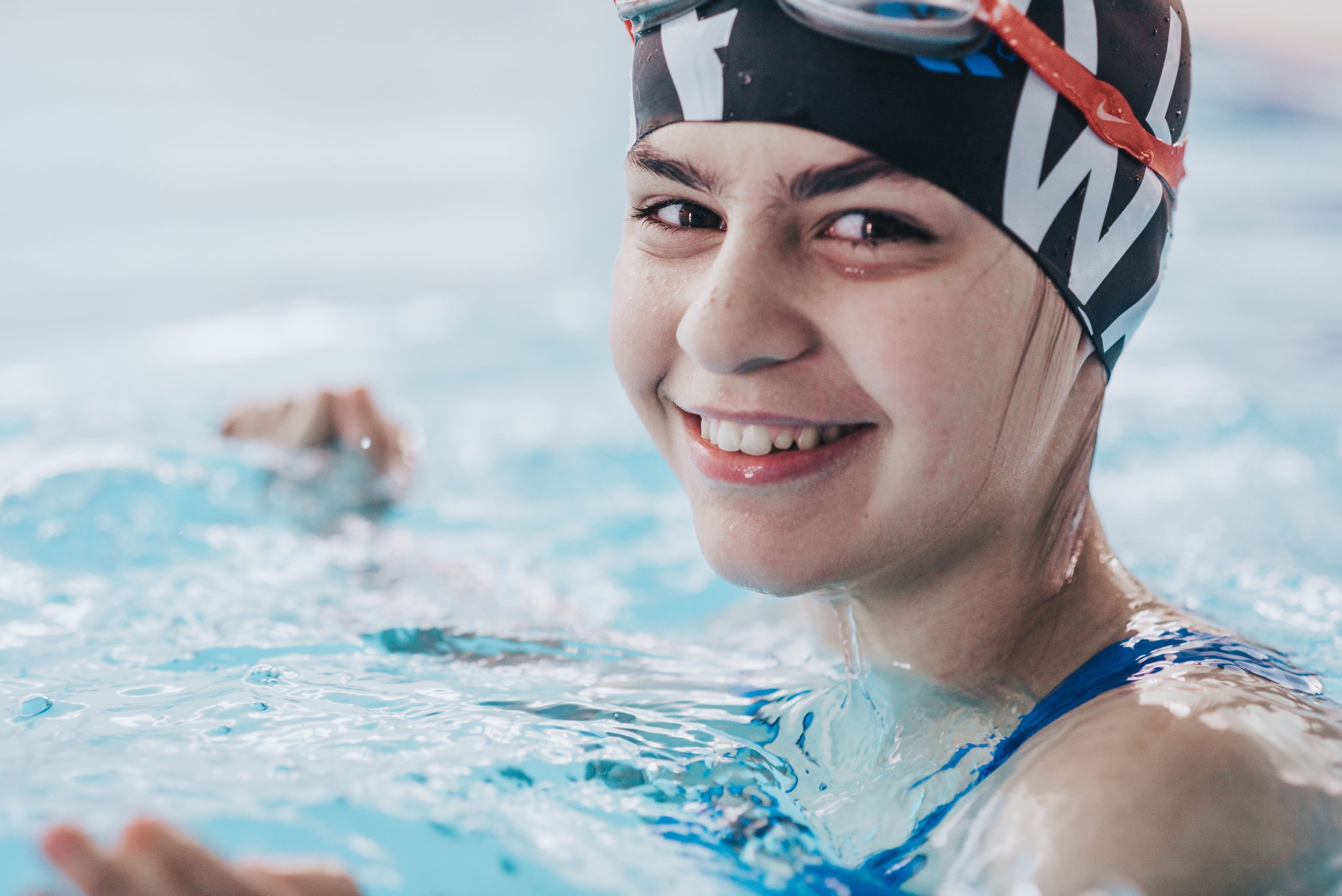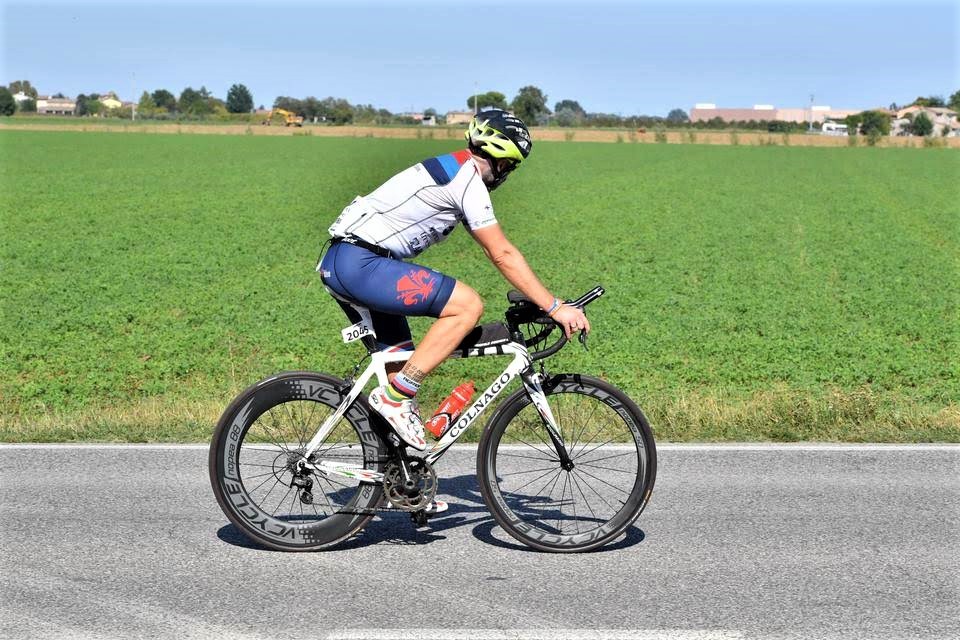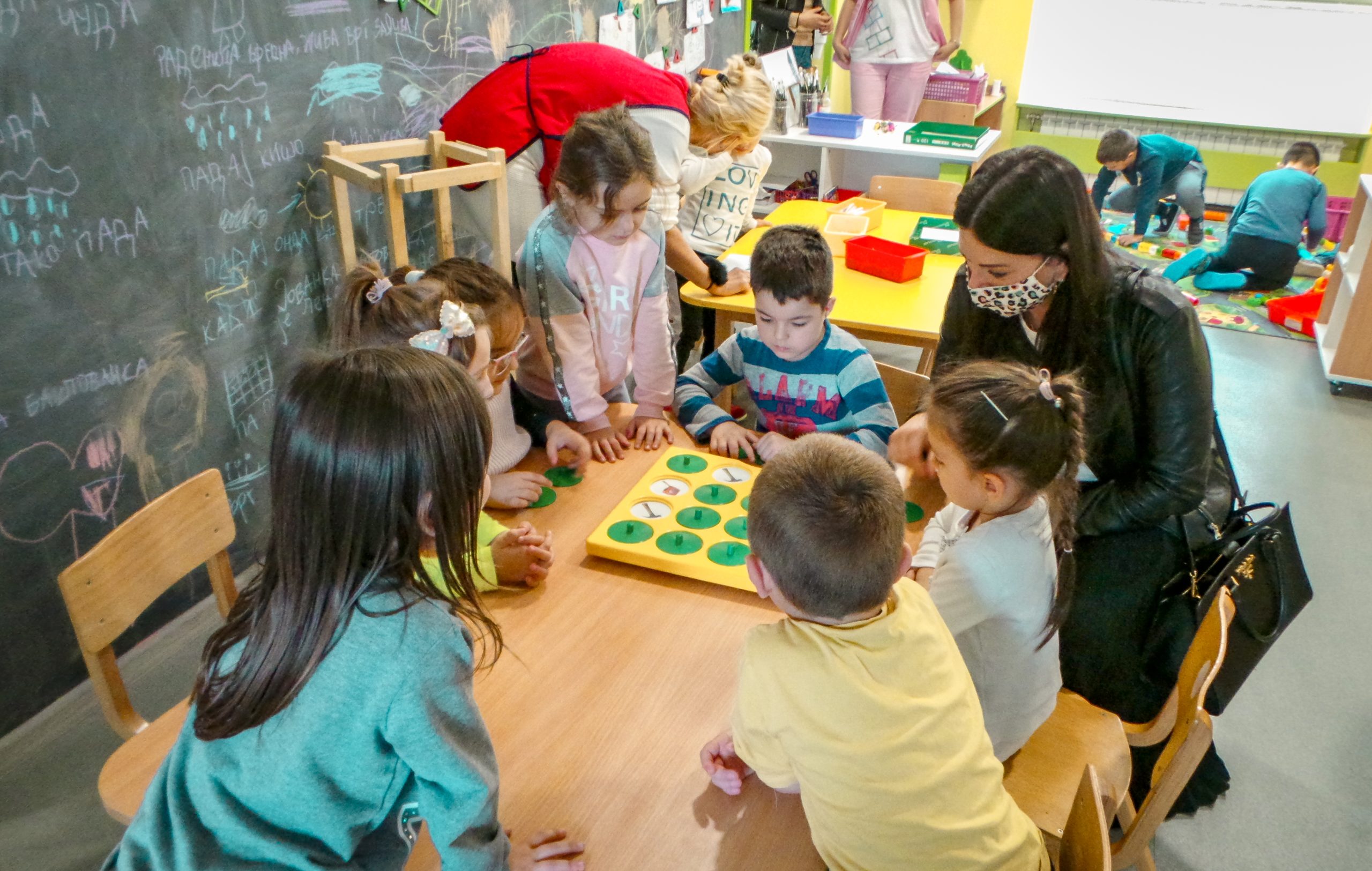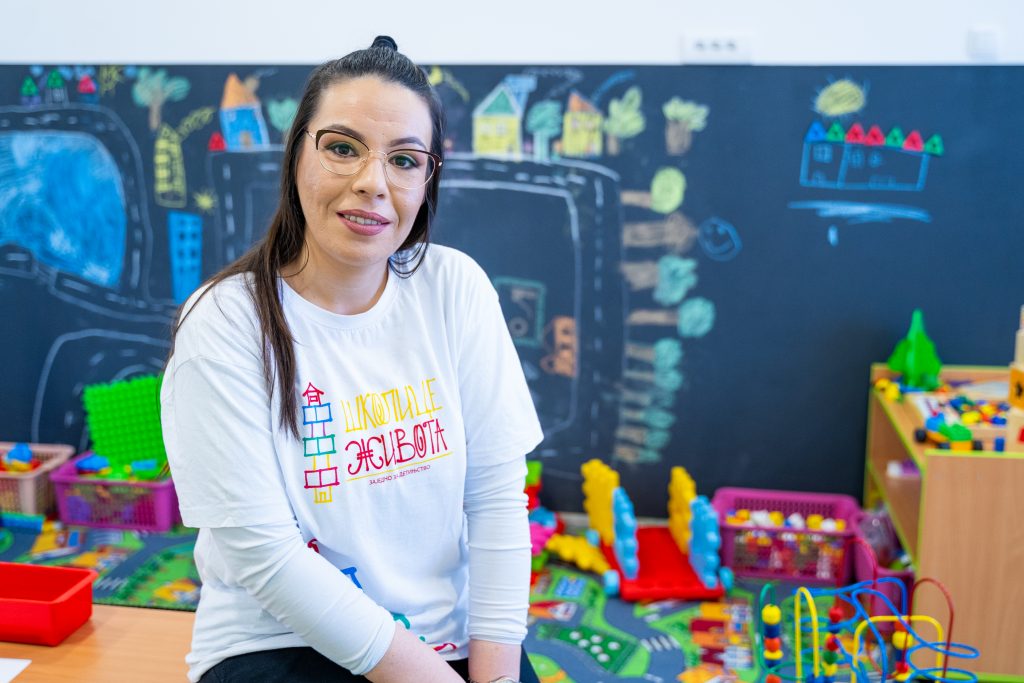For once, it was neither Laver’s athleticism, nor his dominance that the crowd was applauding, because both had faded; however, his courage to publicly hit up with one of the world’s best in his post-stroke 70s, just a year after the death of his wife.
For spectators in the 1960s, Rod Laver’s strokes on the tennis court were a thing of beauty to behold. The stroke he had while being interviewed by ESPN in 1998 was not.
When Laver lost control of his thoughts, collapsed and vomited mid-sentence, the interviewer understood what was happening inside Laver’s brain, and immediately called for an ambulance.
As soon as Laver was able to speak in his Los Angeles intensive care unit, he told his doctor, “I used to be a fairly good tennis player.” His right side paralysed, his speech mostly nonsensical and his brain still bleeding, the only man who ever won the Grand Slam twice was told his days of playing for enjoyment were finished for good.
Yet on 8 January 2014 he strode out onto Rod Laver Arena dressed to vie with his prime rival for the title of greatest of all time; albeit in old-style tennis clothes that paled against the vibrant colours of his opponent’s Nike gear. When a man who has suffered a stroke can get back out on the tennis court, he knows he has recovered well. But when he gets back out on a tennis court named after him, in a sold-out stadium with additional hundreds of thousands watching live on TV, and sees Roger Federer at the other end of the court, he must know he is the “Rocket” Rod Laver.
Laver’s cracking left hander was travelling better than his once-useless right side on this $1m fundraising “Night with Roger Federer and Friends”; though not much better, thanks to his arthritic left wrist. But every time he made contact with the ball, the crowd cheered a little louder. It did not matter where the ball went.
Laver, Pat Rafter said in 1998, was “the last person you’d expect to have a stroke”. It would have been unthinkable at the apex of Laver’s career that he would ever boast in his diary, as the crowning achievement of a 24 hour period, “I walked today”. But if Laver was once tennis’ greatest role model for youth, he now seemed intent on using his experience of mind-numbingly slow rehabilitation to become the equivalent role model for senior citizens. He taught us an important lesson – [tweet_quote]You’re never too old to inspire.[/tweet_quote]
Following the years of tongue-tied aphasia, in 2014, Laver spoke up as a supporter of the Roger Federer Foundation, as the Global Ambassador for the Australian Open, and as the face of Medibank’s #generationbetter. He urged elderly Australians to get out of the house and have a go; whatever their sport, whatever their age, whatever their health.
Standing between Jo-Wilfried Tsonga and Federer on 8 January 2014, Laver looked markedly less imposing than he did as the redhaired lefty from outback Queensland. For once, it was neither Laver’s athleticism, nor his dominance, that the crowd was applauding, because both had faded; however, his courage in flying back to Australia to publicly hit up with one of the world’s best, given the circumstances – in his post-stroke 70s, just a year after the death of his wife.
Why would a former star choose to put his waning skills under the bright lights of Rod Laver Arena? To show that he now stands for something more than just ‘former star’ – survivor, conqueror of adversity, and elder statesman of tennis.


